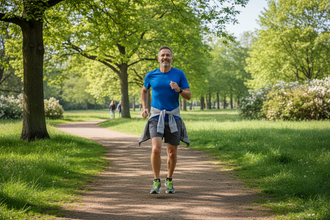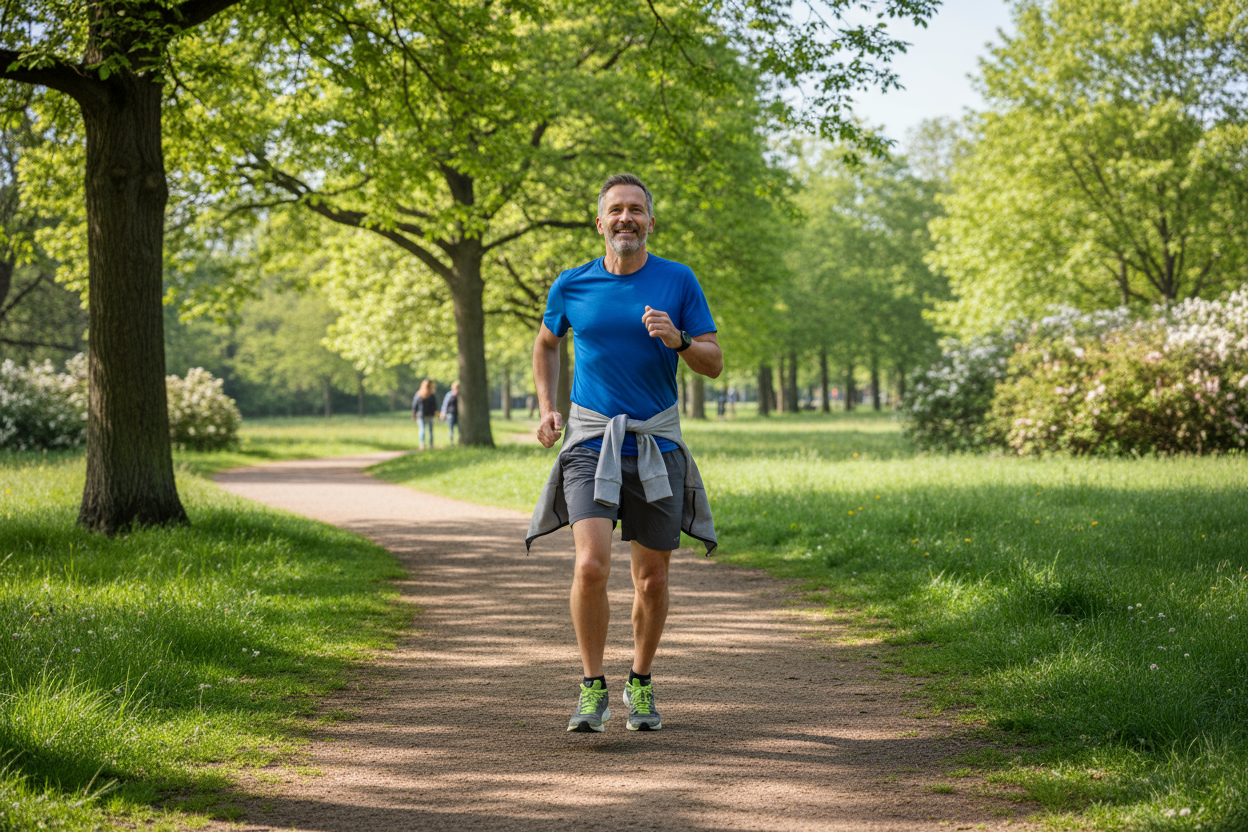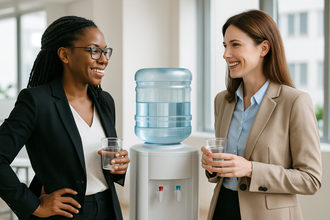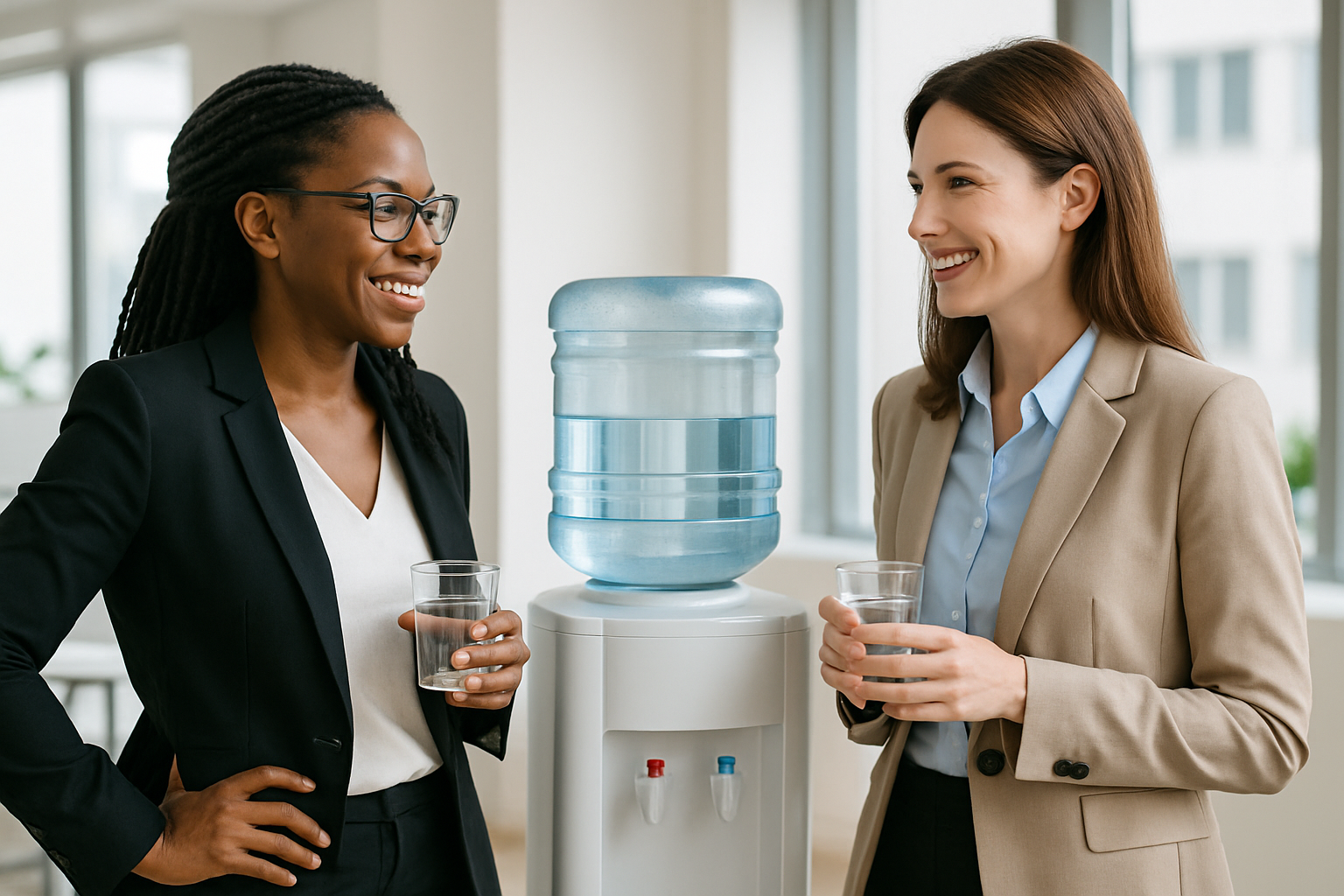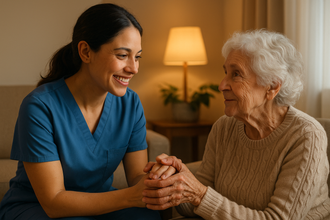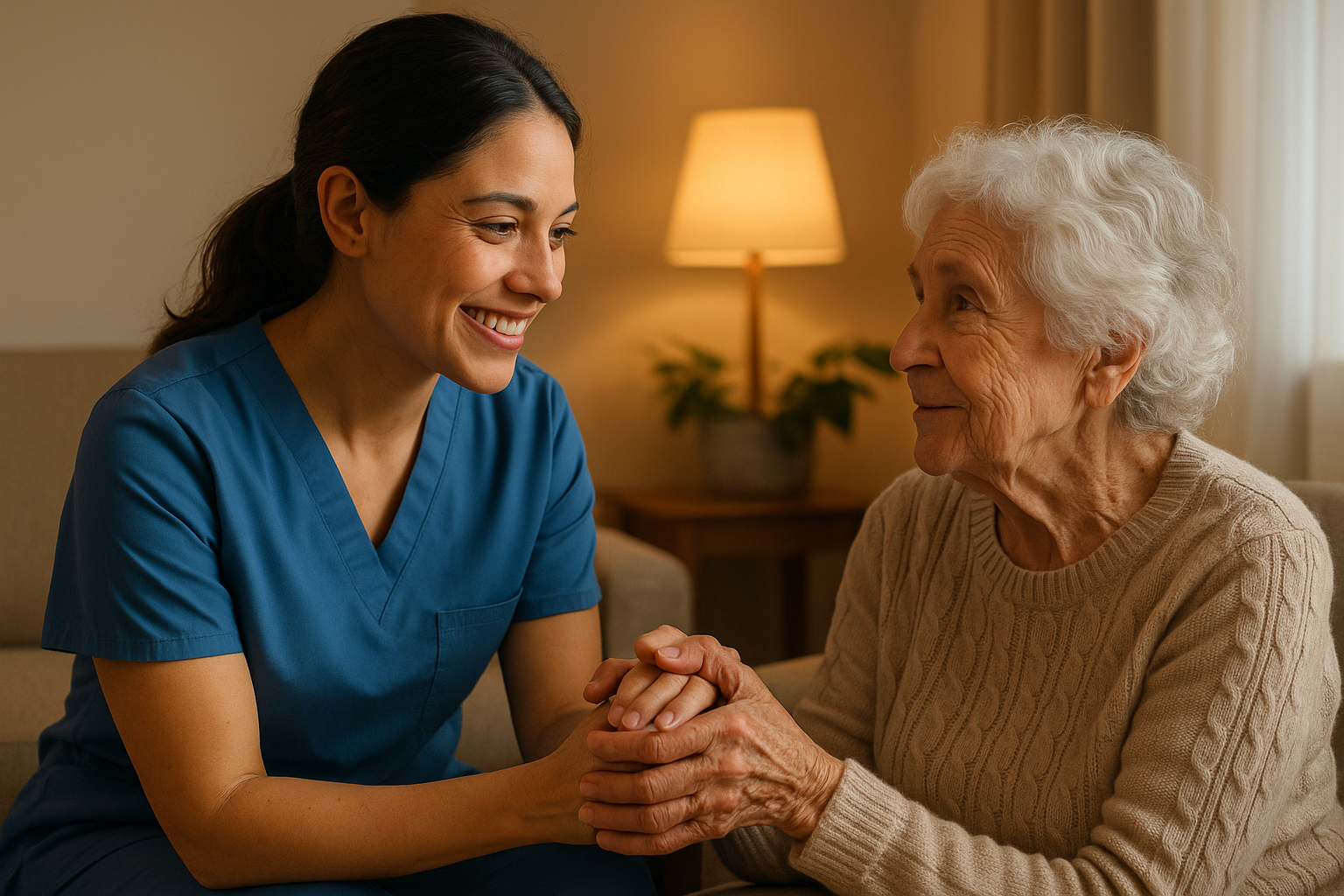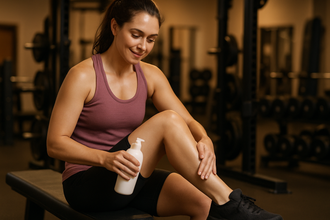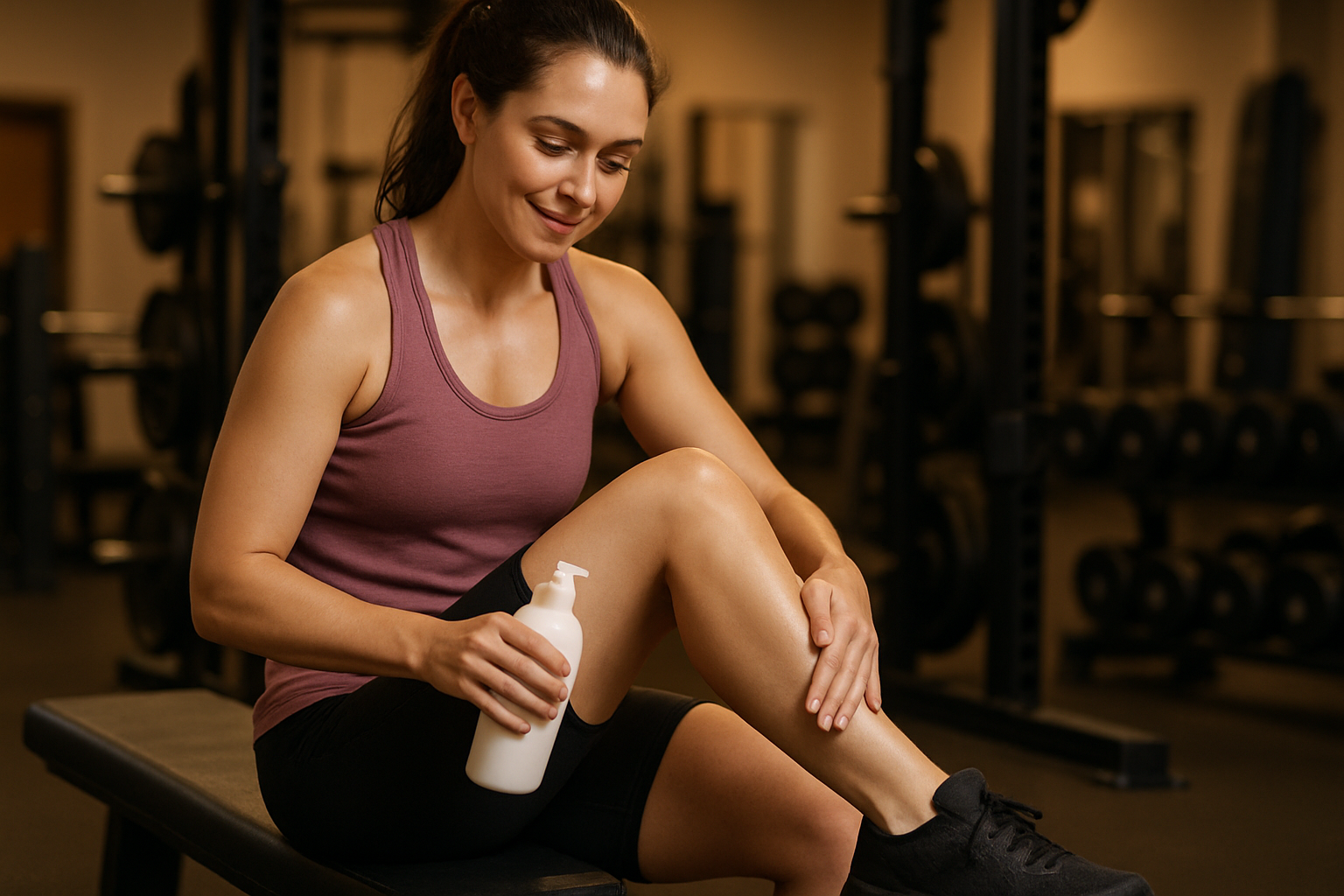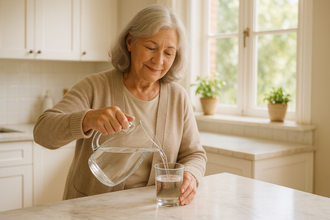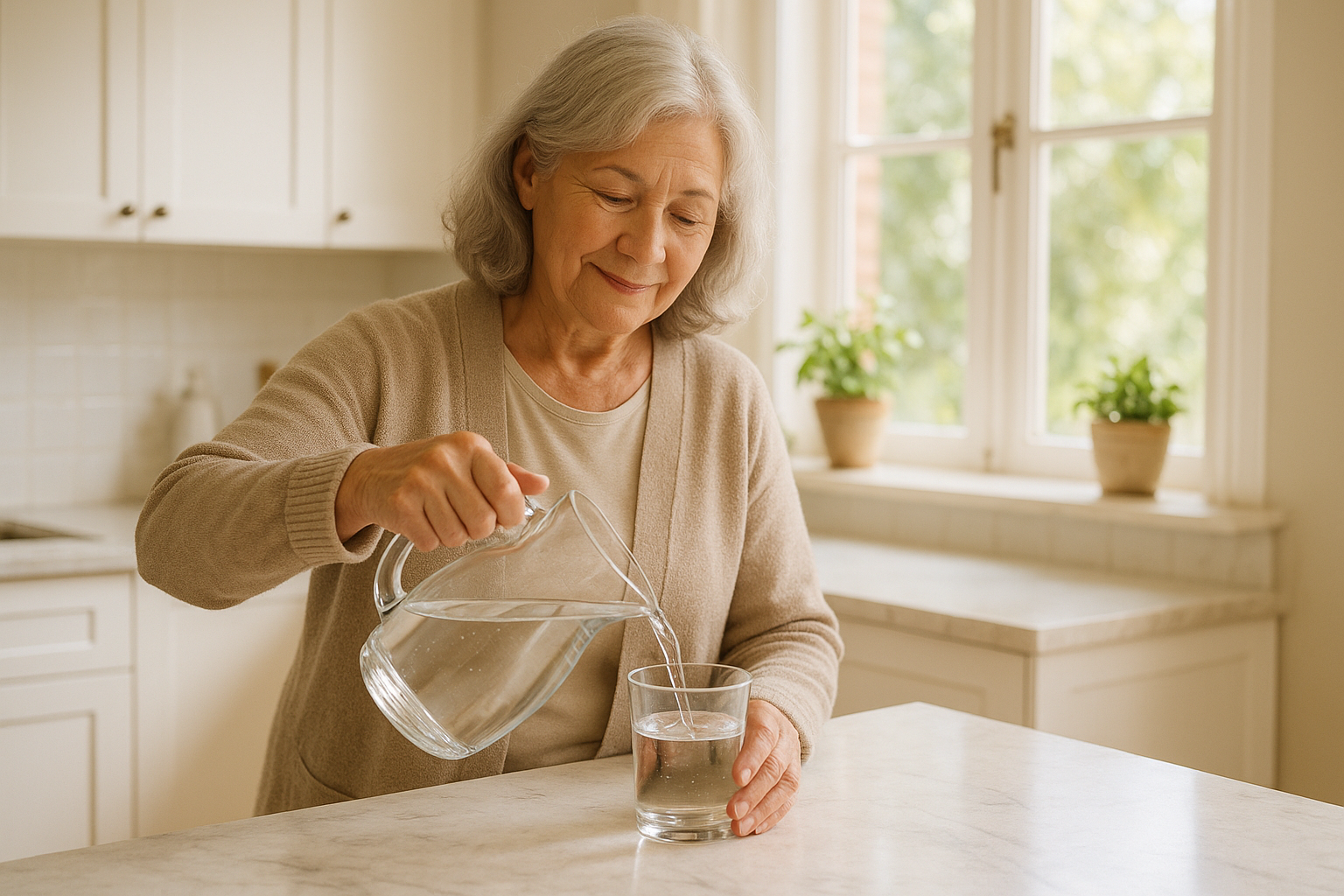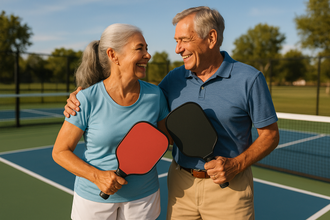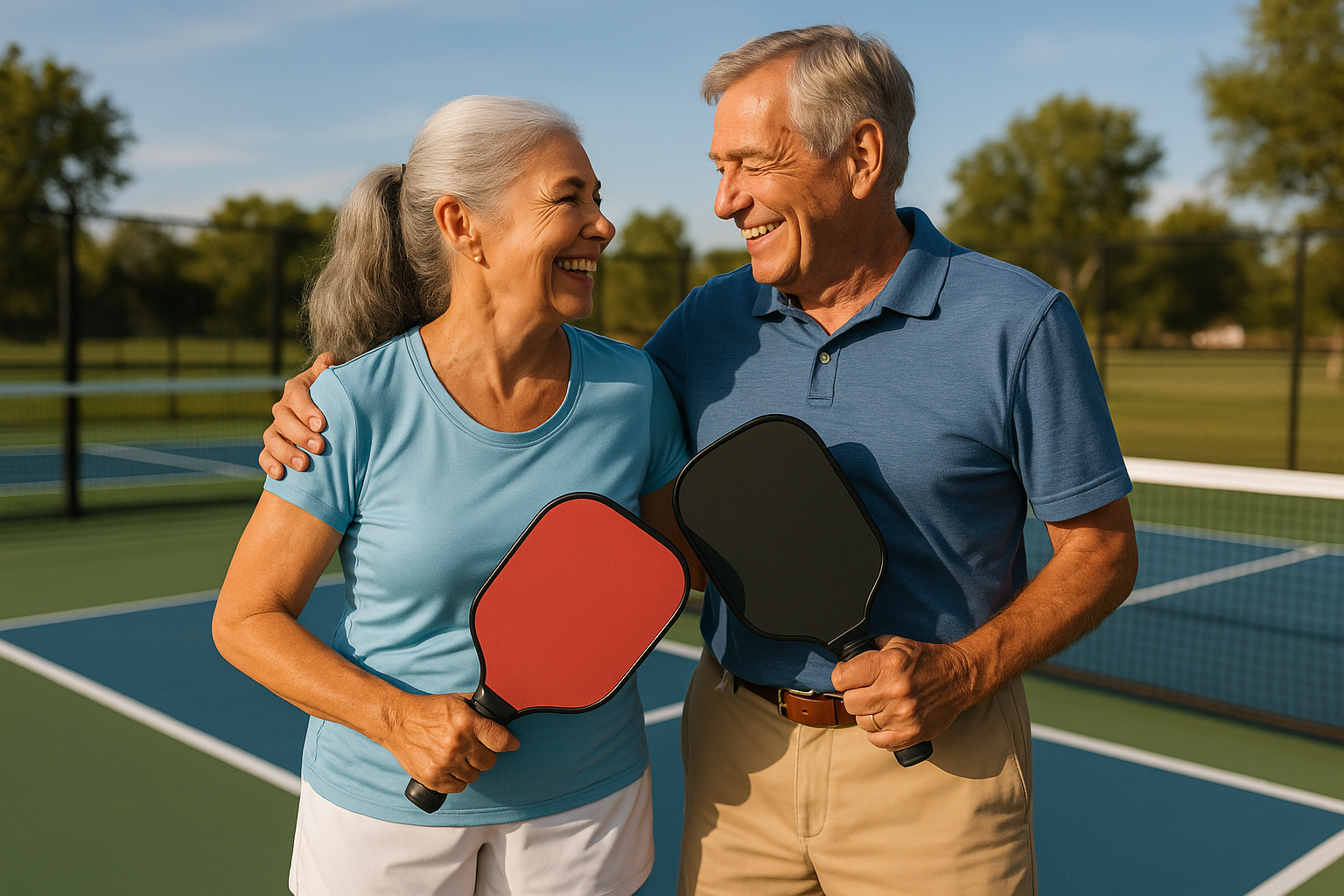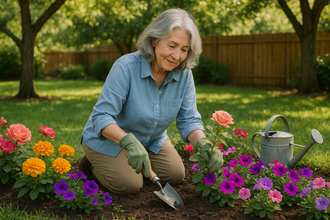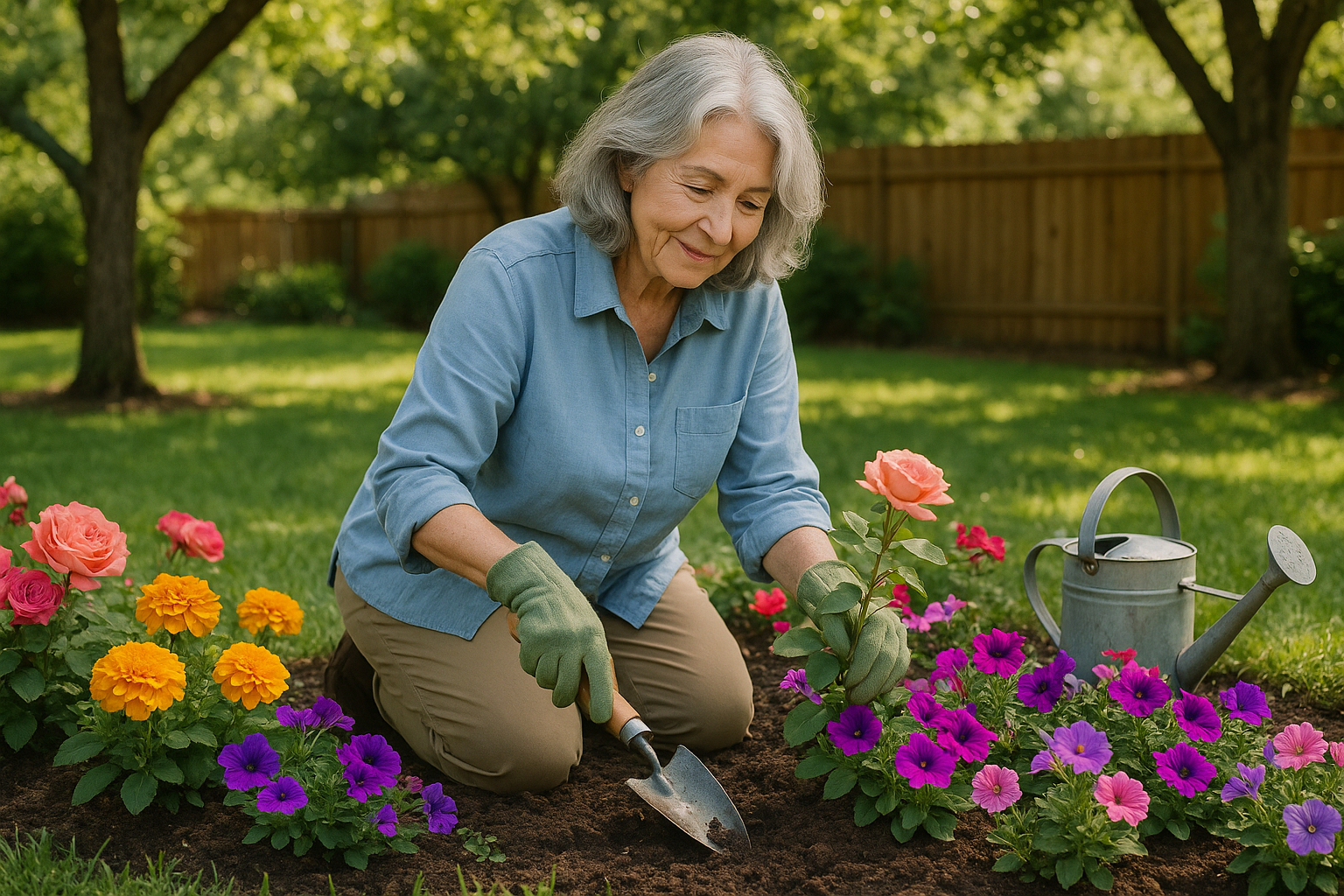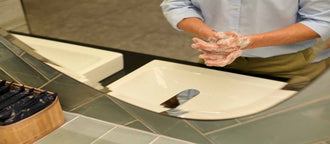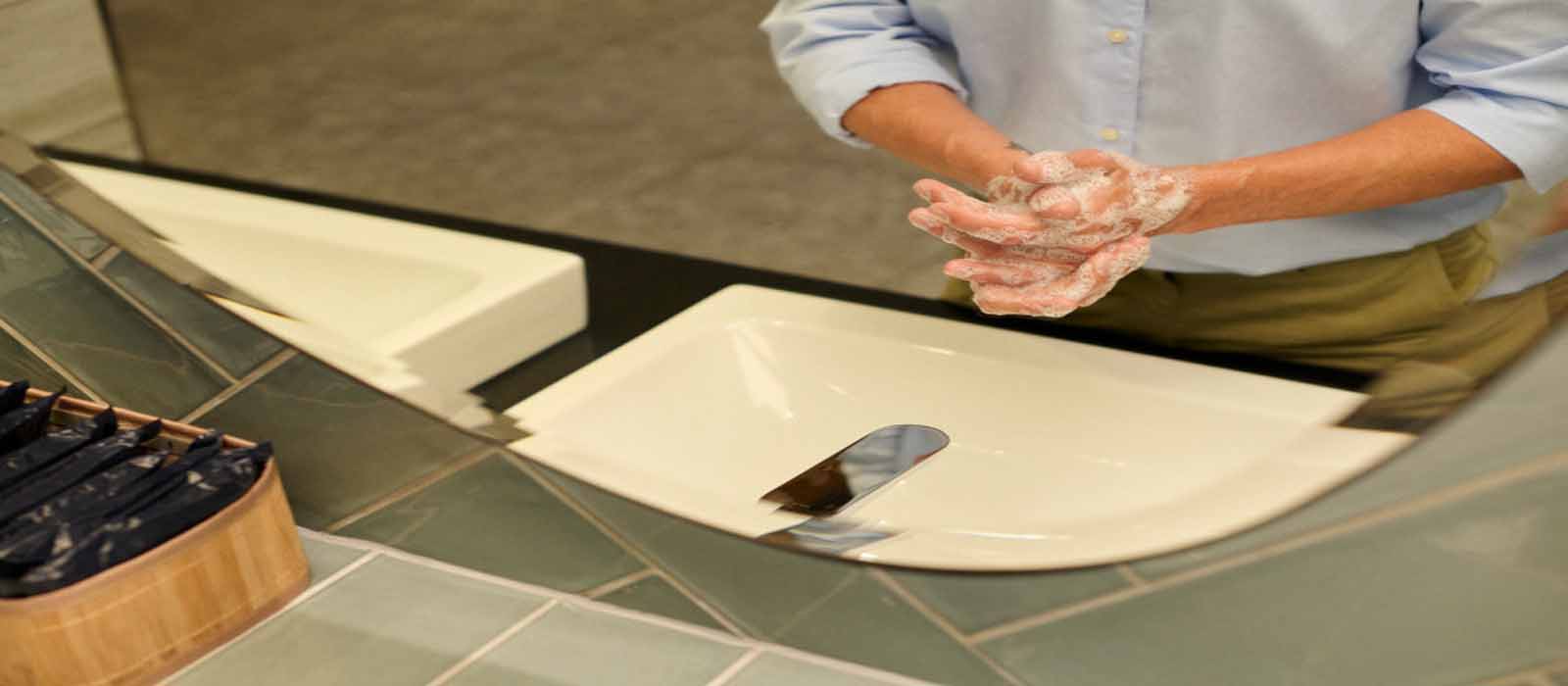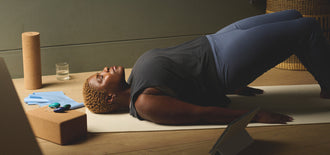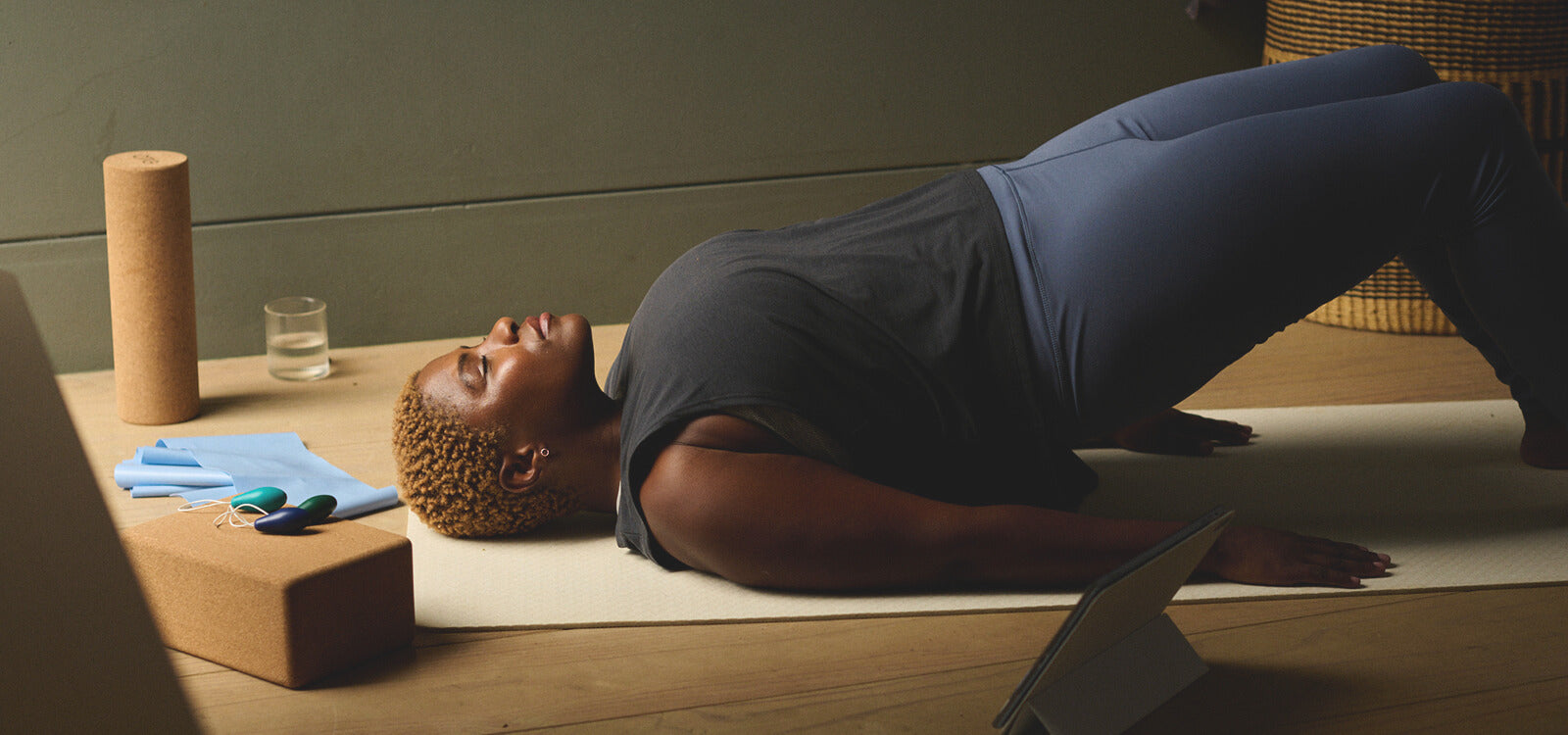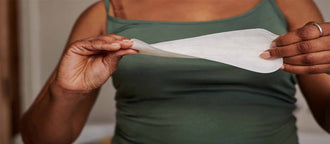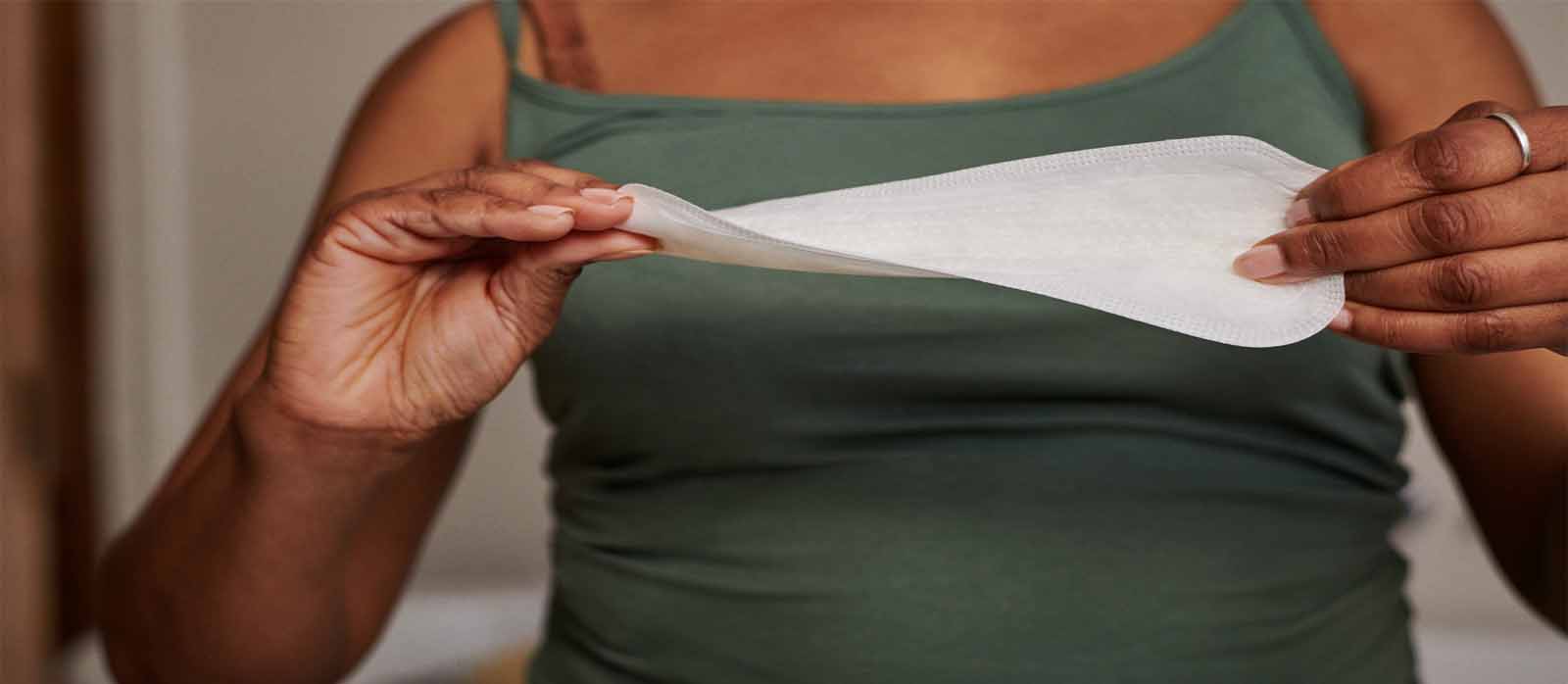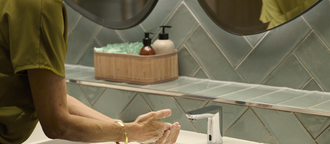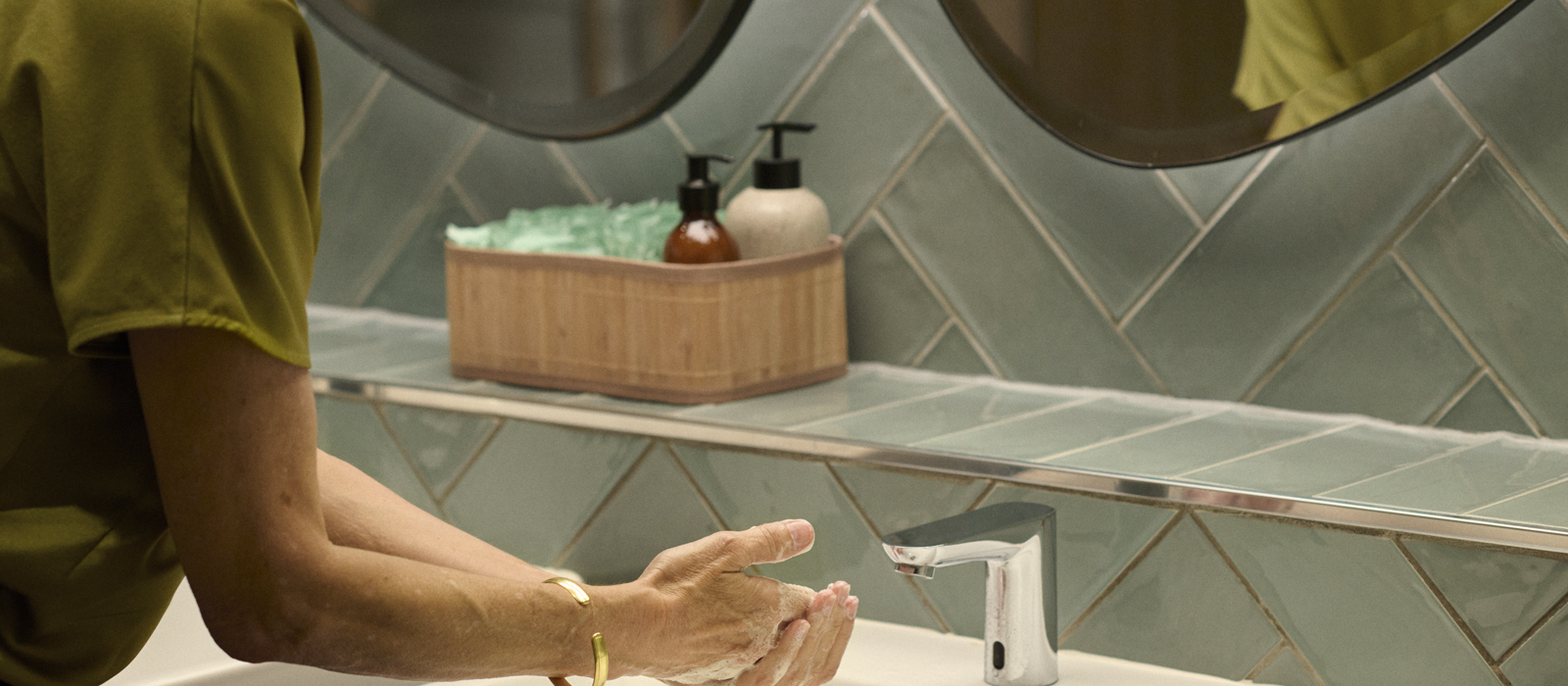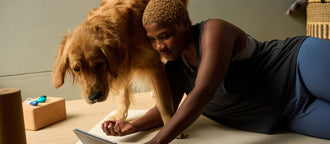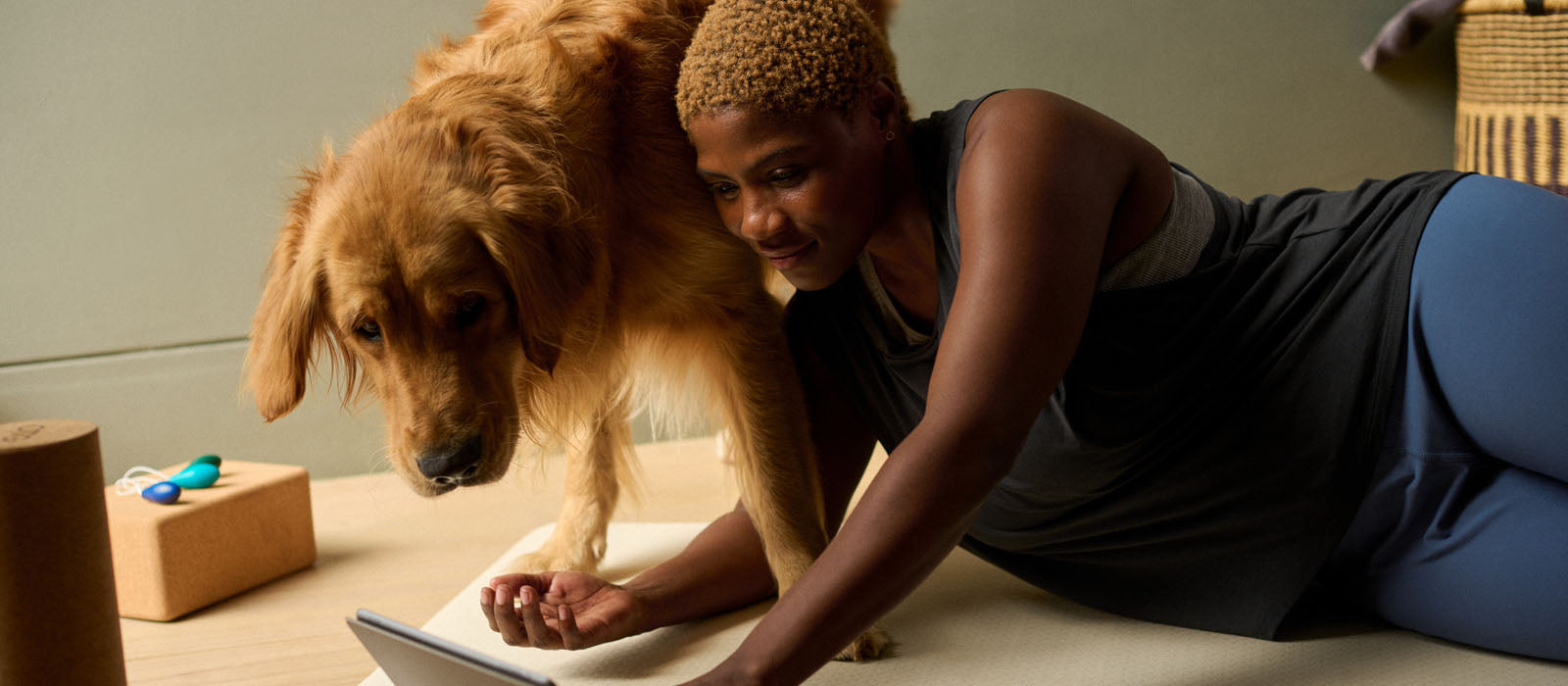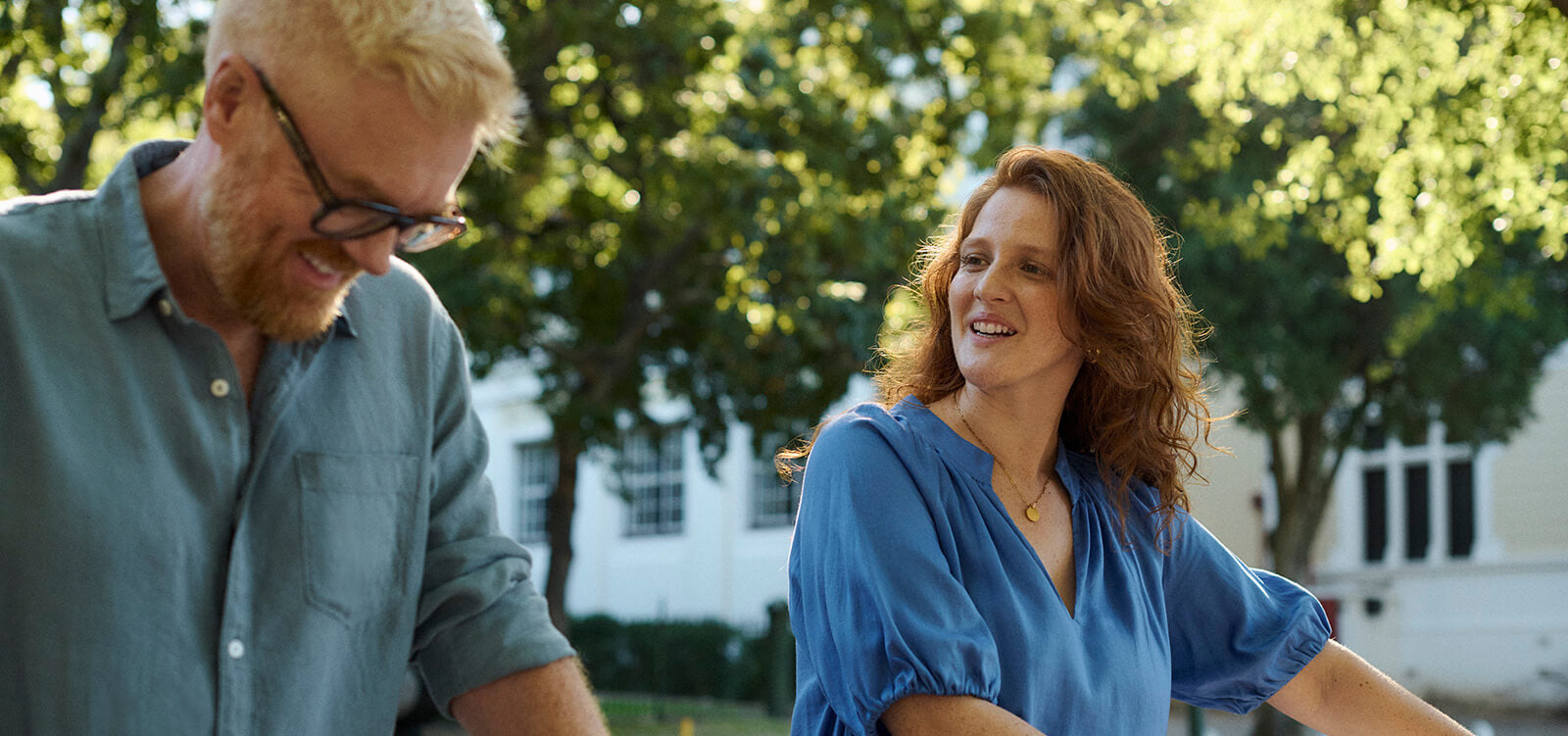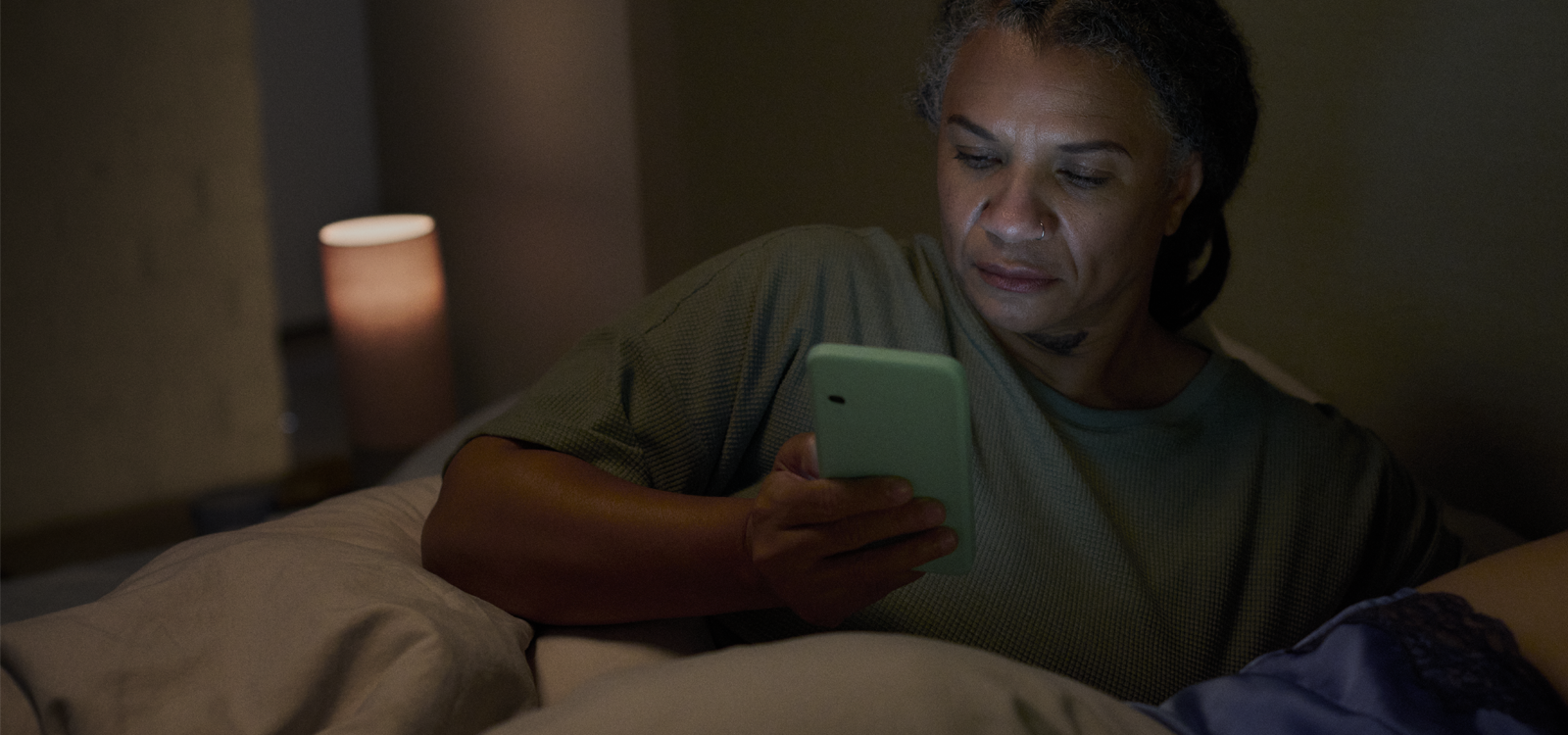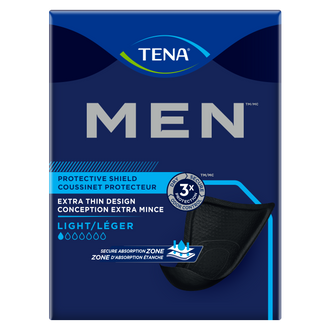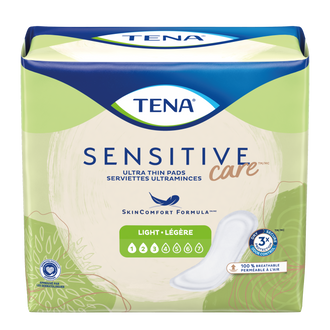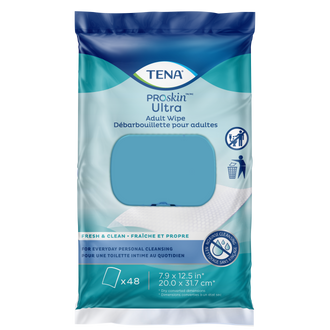Oct 25, 2024
Urinary incontinence is something that affects a lot of people, especially as they get older. If you’re caring for someone who’s dealing with this, it’s good to learn about the causes, symptoms, and treatments available to manage your loved one’s incontinence. Let’s discuss how understanding this condition can make it easier for you to offer the best possible care and support.
Common Causes of Urinary Incontinence in Older Adults
Urinary incontinence means that a person leaks urine by accident.1 So, what causes urinary incontinence in older adults? The bladder, a hollow organ in the lower abdomen, is a key part of the urinary system, which also includes the kidneys, ureters, and urethra.1
When you urinate, the bladder muscles contract to push urine into the urethra, while the muscles around the urethra relax to let the urine exit the body.1 If these muscles aren’t functioning properly, it can lead to urine leakage, or urinary incontinence. 1
There are several reasons why this might happen, such as urinary tract infections (UTIs), vaginal infections or irritations, and constipation.1 Some medications can cause temporary bladder control issues. However, if incontinence persists, it might be due to:1
- Weak bladder or pelvic floor muscles
- Overactive bladder muscles
- Nerve damage from conditions like multiple sclerosis, diabetes, or Parkinson’s disease
- Mobility issues from diseases like arthritis, which can make it hard to reach the bathroom in time
And in people assigned male at birth (AMAB), urinary incontinence is often linked to issues with the prostate gland.1 Common causes include:1
- Prostatitis, which is inflammation of the prostate
- Nerve or muscle damage resulting from surgery
- An enlarged prostate (benign prostatic hyperplasia), which typically occurs as men age and causes the prostate to grow
Understanding Why Elderly Adults Experience Urinary Incontinence
As we get older, our bodies undergo several changes that can lead to urinary incontinence. As you age, muscles that support the pelvic muscles that help control the bladder can weaken, leading to incontinence.1,2 Changes in bladder function, such as decreased capacity and increased urgency, are also part of the aging process. Hormonal fluctuations, especially during menopause, can further impact bladder control.3
Incontinence isn’t just a physical issue—it can also have psychological effects.4 Many elderly adults feel embarrassed or angry by their condition, which can lead to emotional distress and affect their self-esteem.4 These feelings can complicate caregiving, as caregivers may need to provide additional emotional support and address these sensitive issues with compassion.
For those with mobility limitations, reaching the bathroom in time can be a challenge, making incontinence more difficult to manage. Additionally, cognitive impairments, such as those seen in dementia, can further complicate bladder control by affecting the individual's awareness and ability to respond to the urge to urinate.2
Understanding these physiological, psychological, and lifestyle factors can help caregivers provide better support and develop effective strategies to manage urinary incontinence in elderly adults.
Effective Treatments and Solutions for Managing Incontinence in Seniors
When it comes to managing incontinence in seniors, there are plenty of options available, ranging from everyday practical solutions to medical treatments. Here’s a friendly guide to some of the most effective strategies that caregivers can easily put into action.
Strengthening Pelvic Floor Muscles
Keeping pelvic floor muscles strong is important for better bladder control, especially for seniors dealing with incontinence.1 These muscles play a vital role in supporting the bladder and keeping things working as they should.1 When they’re not as strong, it can lead to leaks—but the good news is that regular exercises can make a big difference.
How to encourage pelvic floor exercises for your loved one:
- Provide gentle reminders: Sometimes, a friendly reminder can help keep the exercises on track. Setting up a schedule or using a reminder app can be effective.
- Celebrate progress: Recognize and celebrate any improvements, no matter how small. Positive reinforcement can be a great motivator.
- Be patient: It might take some time for your loved one to see results. Be patient and encouraging throughout the process.
Supporting your loved one in sticking with these exercises can lead to better bladder control and a happier, more confident life. For more tips on how to help them fight urinary leaks with pelvic floor exercises, you can read more here.
Guide to Kegel Exercises for Seniors
Kegel exercises are a great way to strengthen the pelvic floor muscles, which support the bladder and help control urination.5 Here’s a simple guide to help caregivers walk seniors through these exercises:
Step-by-step instructions5
1. Find a comfortable position: Start by sitting or lying down in a comfortable position.
2. Guide the muscles: Ask your loved one to imagine they’re stopping the flow of urine. That will help the muscle tighten.
3. Count together: Encourage them to hold the contraction for 3 seconds, then relax for the same amount of time.
4. Repeat regularly: Aim for three sessions of up to 15 reps throughout the day—morning, afternoon, and evening.
Using Absorbent Pads or Briefs for Managing Incontinence
Absorbent products like adult diapers, pads, guards and underwear are key tools for managing incontinence effectively. Here's what you should keep in mind:
- Comfort and fit: It’s crucial to select a product that fits well. A snug fit helps prevent leaks while ensuring comfort throughout the day. Not sure what size you need? TENA offers a helpful guide on choosing the right size, so you can find the perfect fit for your loved one.
- Discreetness: Look for products designed to be worn comfortably under clothing, allowing the wearer to feel confident in social situations.
- Skin health: Proper skin care is vital when using absorbent products. Changing pads or briefs regularly is essential to avoid irritation and keep the skin healthy. For more detailed advice, read: How often to change a pad.
- Selecting the right product: Not all incontinence products offer the same level of protection. It's important to consider the absorbency level needed. Our product finder can help you determine which product will best suit your loved one’s needs.
Managing Nighttime Leaks
Nighttime incontinence can be challenging. Using products that offer overnight protection than help overcome some of these challenges. TENA ProSkin Overnight Stretch Briefs have a comfortable “stay in place” fit with maximum absorption for overnight protection. It also has lie-down protection to aid a restful night’s sleep.
The Role of Catheters in Managing Urinary Incontinence
Medical devices like catheters are sometimes recommended for elderly patients. They can be especially useful for those with severe incontinence or limited mobility and work by draining urine from the bladder.2
While catheters can be effective, they also come with potential downsides and caregivers should be trained on how to properly care for someone using a catheter to minimize risks and ensure comfort.
Behavioral and Lifestyle Adjustments for Better Bladder Control
Simple lifestyle changes can significantly impact bladder control. Adjusting your diet by avoiding bladder irritants like caffeine and alcohol is one effective strategy.3
Scheduling regular bathroom trips can help manage incontinence, as can maintaining hydration to avoid concentrated urine, which can irritate the bladder.2
These adjustments can be easily implemented and make a noticeable difference in managing urinary incontinence. For more tips on managing bladder issues, you can read our article on Essential Tips for Overactive Bladder Care.
Supporting Elderly Loved Ones with Incontinence Challenges
Caring for a loved one with incontinence isn’t just about managing the physical aspects; it’s also about providing emotional support. It’s really important to talk openly about incontinence without any awkwardness. Creating a safe, judgment-free space can make a world of difference in how they feel about their condition.
Keeping their dignity intact is key. Little things, like ensuring privacy and choosing discreet products, go a long way. Involve them in care decisions to help ease any discomfort or shame they might be feeling.
Being a compassionate and patient caregiver means acknowledging that incontinence can be emotionally challenging. Offering gentle reassurance, using positive language, and showing understanding can help them feel respected and supported. If you’re looking for more tips, check out these helpful resources on heat management for older adults, caregiver support, and setting up a hygiene routine.
References
1. Cleveland Clinic. ‘Incontinence: Leakage, causes, diagnosis, treatment and prevention’. 2023. Accessed 23 September 2024. Available from: https://my.clevelandclinic.org/health/diseases/17596-urinary-incontinence
2. NIH. ‘Urinary Incontinence in Older Adults’. 2022. Accessed 10 September 2024. Available from: https://www.nia.nih.gov/health/bladder-health-and-incontinence/urinary-incontinence-older-adults
3. MayoClinic. ‘Urinary Incontinence’. 2023. Accessed 10 September 2024. Available from: https://www.mayoclinic.org/diseases-conditions/urinary-incontinence/symptoms-causes/syc-20352808
4. Heyman, S. ‘Psychological and cognitive variables affecting treatment outcomes for urinary and fecal incontinence’. 2004. Accessed 10 September 2024. DOI: 10.1053/j.gastro.2003.10.040
5. NIH. ‘Kegel Exercises’. 2021. Accessed 10 September 2024. Available from: https://www.niddk.nih.gov/health-information/urologic-diseases/kegel-exercises?dkrd=/health-information/urologic-diseases/bladder-control-problems-women/kegel-exercises











